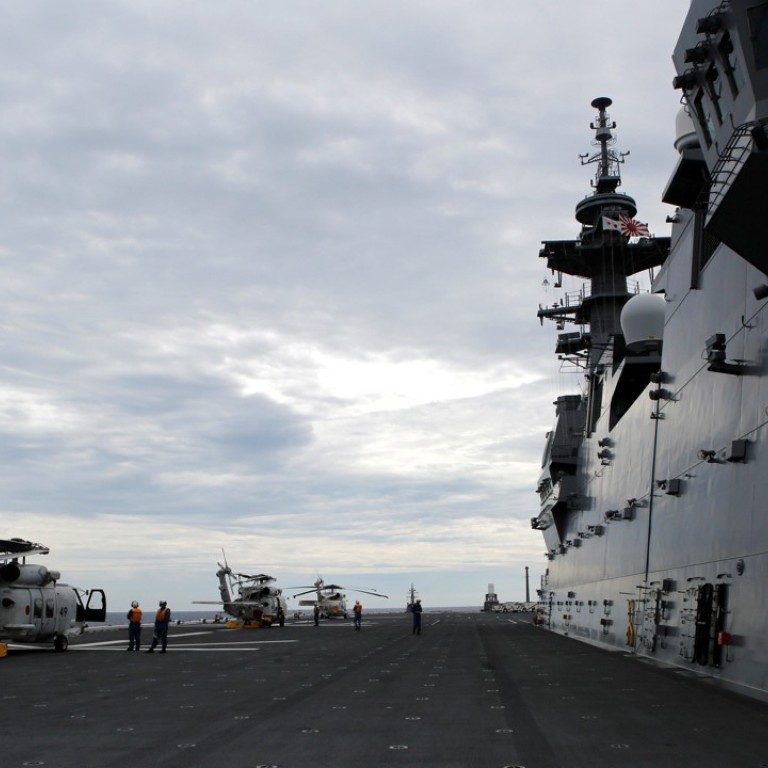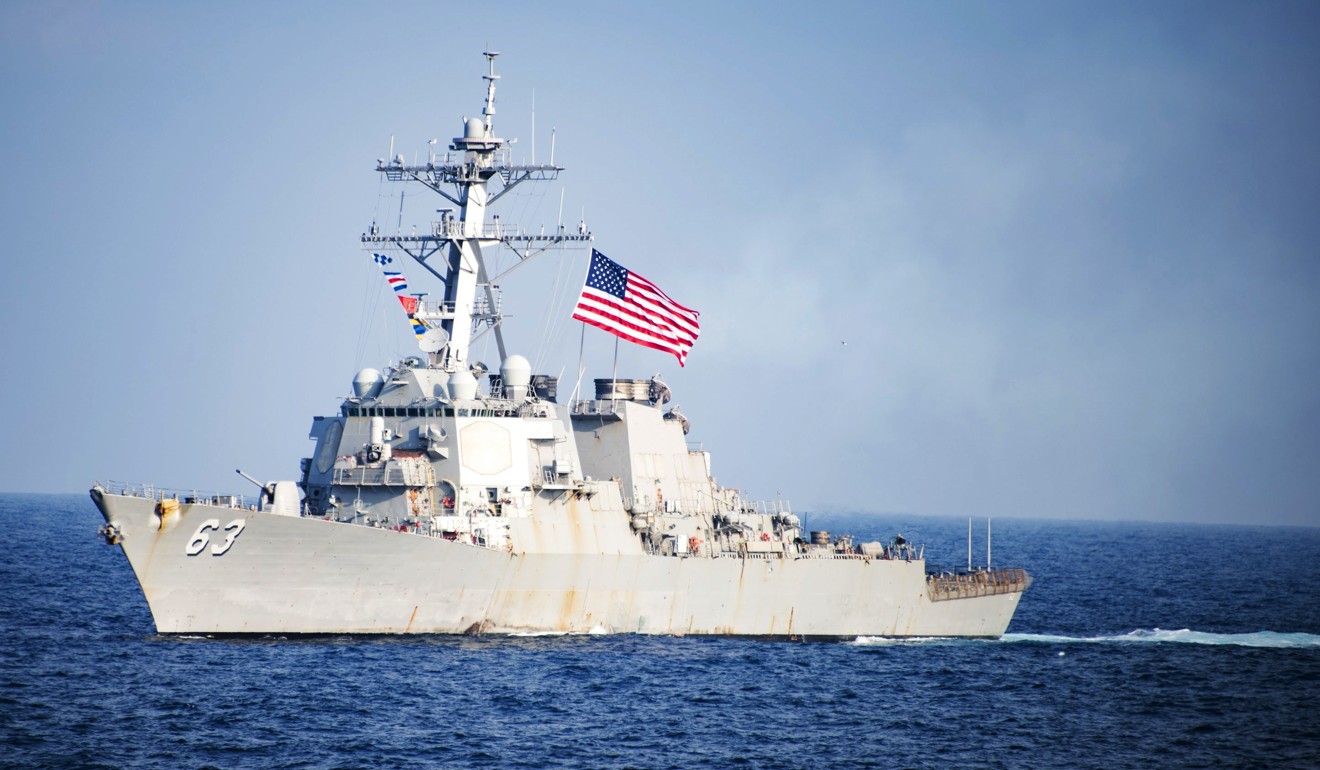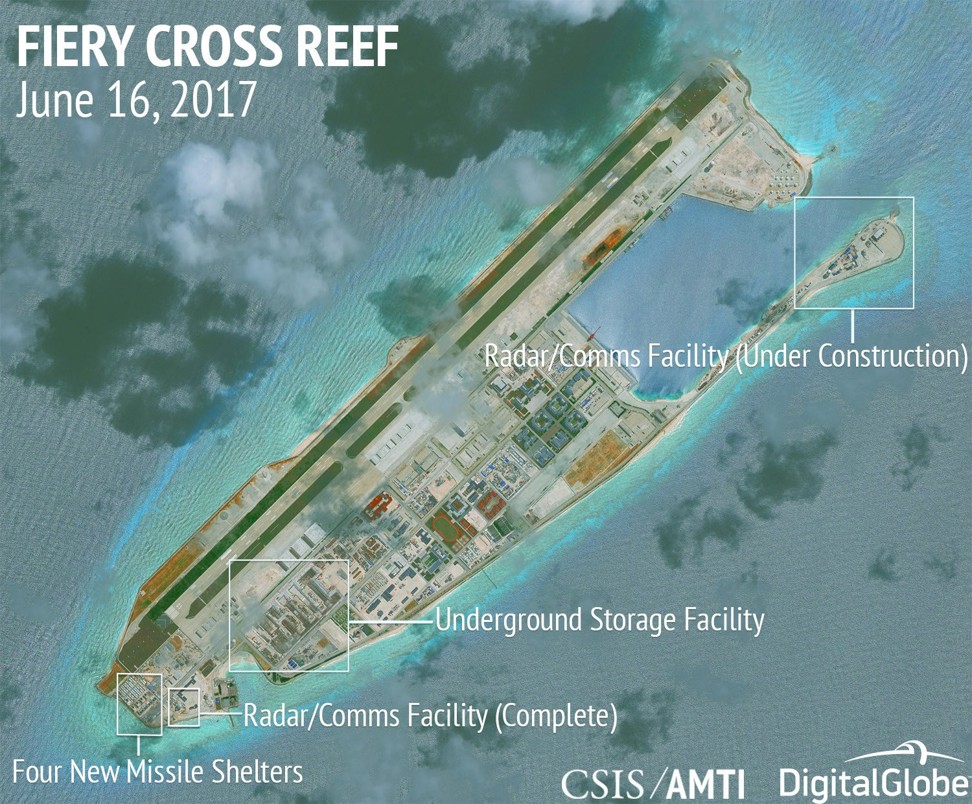
False calm in the South China Sea should lull no one
Benoit Hardy-Chartrand says a year after the Hague ruling, the disputes between China and the other claimant states to territories in the South China Sea appear to have abated, but the underlying tensions remain unchanged
Whether or not one believes that the ruling has ushered in a new phase of friendship between Beijing and Manila, the decreased tensions around the South China Sea should not be mistaken for a permanent and stable condition. Instead, the superficial calm that has persisted should be seen as a transitional moment to what can come next.
China is now, by and large, calling the shots in the South China Sea
Surely, some thought at the time, the Chinese government would feel compelled to alter the course of events following the decision, given Beijing’s self-professed observance of international law. But these voices were quite mistaken. And while few expected Beijing to modify its narrative on this issue, that is exactly what happened. In the last year, China has adopted a stance that is more amenable to the interests of other claimant states, while seemingly backing away from military provocation. Furthermore, the Chinese government has since then made no official mention of the “nine-dash line”, which represents Beijing’s ambiguous claims to the body of water. It has given Filipino fishermen access to their traditional fishing areas around the Scarborough Shoal, which had long been a major bone of contention.
Conflicting claims: A multimedia special on the South China Sea
With this apparent shift in behaviour and policy, and a year gone by since the court’s decision, it is tempting to positively conclude that the ruling has had its desired impact.
Largely, this would not be a wrong assessment of events, as the overall tensions in the South China Sea have undoubtedly decreased. Moreover, the last 12 months have not seen any clashes between China and the littoral states.
This calm, however, is misleading, as below its surface, there exists a set of underlying currents that remain unchanged. For starters, apart from a degree of compliance in and around the Scarborough Shoal, there is no indication that China has actually altered its basic position on its territorial and maritime entitlements in the South China Sea. China has continued, over the past year, to make claims of sovereignty over the South China Sea features, while militarising several natural and artificial islands, despite prior assurances that it would not do so.
Beijing now calls the shots in the South China Sea, and the US and Asean must accept this for lasting peace
In the Spratly islands, the South China Sea’s southernmost archipelago, it has consolidated its foothold on three major artificial islands, making it easier to control the surrounding waters and monitor activities by neighbouring states. Beijing has also increased its presence through patrols composed of state-backed fishing boats, coast guard vessels and military vessels, which together constitute a potent mix that help it respond to contingencies. Although it has not displayed aggressive behaviour or uttered threats, on several occasions, Beijing has demanded that foreign vessels leave what it deemed incursions into its territorial waters around artificial islands. These man-made islands, under the UN Convention on the Law of the Sea, generate no entitlement.

Sea change: Philippines drops tough talk against China to hail new era of economic ties
Asean powers continue to arm-wrestle over China’s nine-dash line

The current lull may not last. The Trump administration recently conducted its first freedom of navigation operations for the year in the South China Sea, to target what it deems China’s “excessive” claims. Washington appears poised to continue such operations, which will further exacerbate the downturn in Sino-US elations. Japan is also increasing its presence in the South China Sea, with the JS Izumo, the Self-Defence Forces’ largest warship, recently completing a three-month deployment that included stops to several Southeast Asian partners.
China is now, by and large, calling the shots in the South China Sea. Despite a change in tone and the superficial calm, China’s basic position remains unchanged, and the ruling by the Permanent Court of Arbitration is at risk of falling into irrelevance.
Benoit Hardy-Chartrand is a senior research associate for the Global Security and Politics Programme at the Centre for International Governance Innovation (CIGI), where he specialises in the Asia-Pacific region

